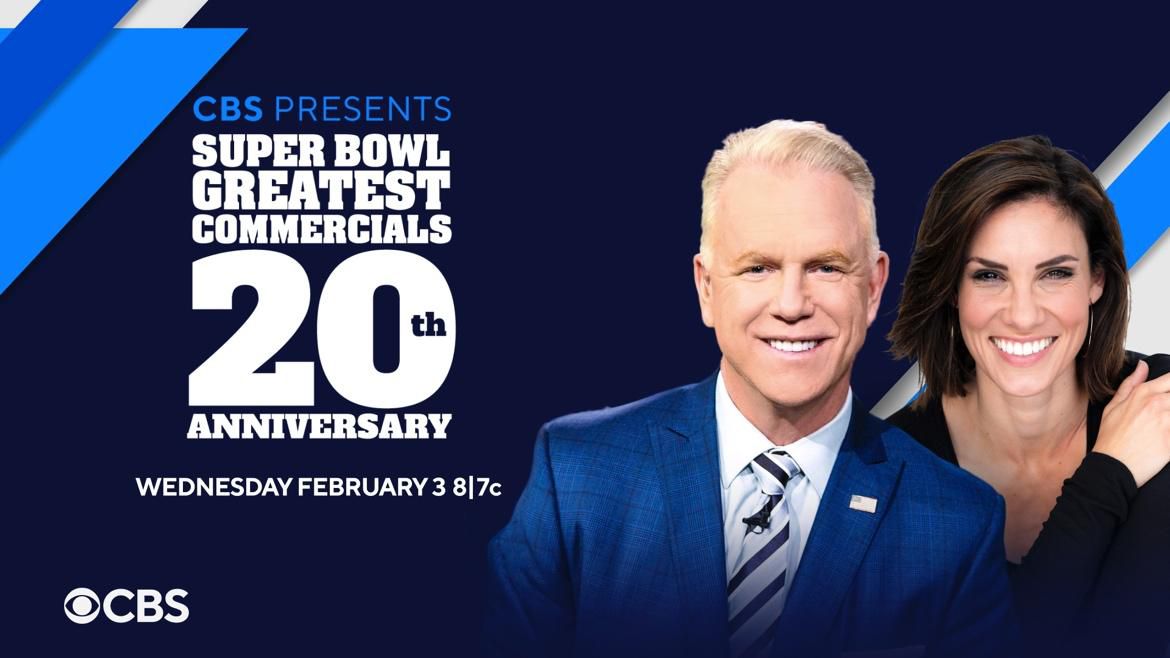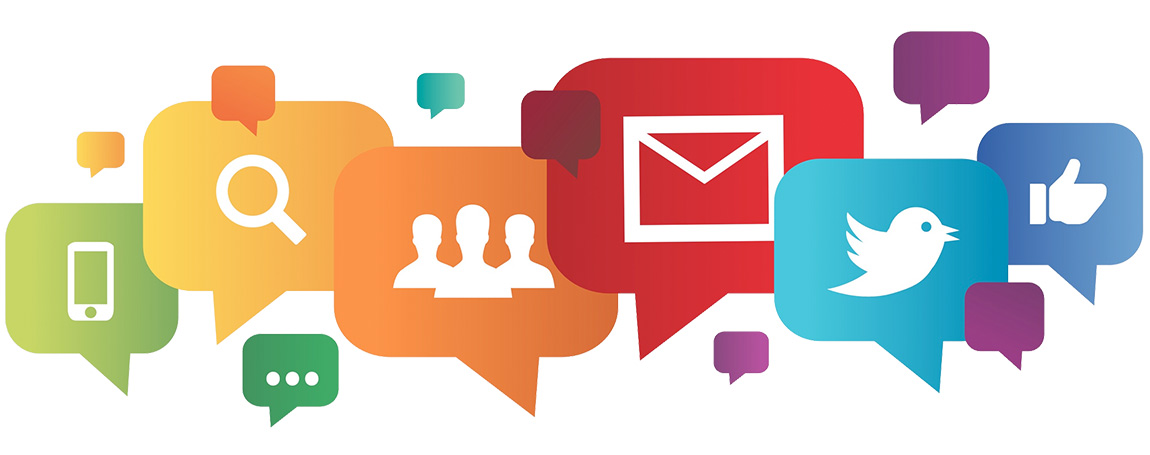
The best TV commercials for 2020 are available here. These are some of our favorite ads this year. From uplifting campaigns to heartwarming messages, these are the tv ads that will make you laugh out loud.
Nike – Stronger Together
The world is constantly changing and brands need to adapt to ensure their customers are happy. If they aren't willing to innovate, they may miss the chance to create lasting relationships with their customers. Nike understood the importance of promoting "stronger communities" and created spots which emphasized people as well as products.
Facebook - Groups - One of the most talked-about ads of 2020, this Facebook spot features Sylvester Stallone and Chris Rock bouncing around to the tune of Twisted Sister's "I Wanna Rock." It's part of Facebook's Groups campaign, which encourages users to connect in groups based on their interests.
Pantone – Human Being Initiative - The Pantone color intelligence company used their Instagram feed to donate money to charities that work on social justice issues. It also highlighted that the silence surrounding these important issues and injustices was complicity.

Google - Tugging Heartstrings Google's tearjerker ad is a testament to Google's ability to pull off all the stops with its spots. This ad tells the story about an older man who thanks to technology can remember details about his wife.
Many brands attempted to send heartwarming messages during this difficult time. This isn't a typical ad. The ad was shot in Italy during a pandemic.
Meerkats - A British brand that has grown in popularity, this campaign is an example of how brands can use humour to communicate with their audience. It was a clever way to demonstrate that they care about their customers and to tap into the nation's response to lockdown.
Marmite Ad - While it's funny, this ad also challenges you to think critically about how you interact with the outside world. This is a great way to get people talking and showing them that they can have some fun with a product.
Apple - Fumble! - This Apple commercial isn't their first. It has been a well-known tv advertisement for years.

Ford - Underwater Swimming. This is a completely new ad than the truck ads. Ford shows us underwater scenes showing people swimming at night, instead of showing them driving their trucks.
Oatly Deep Strangeness. This was a controversial advertisement that caused confusion. It was banned by Sweden and was also controversial in other countries. Although it was a risky decision for a brand it worked and is on our list of best tv ads 2020.
FAQ
What is an advertising campaign?
A campaign is a series advertising messages that are designed to promote a product. This could also include the entire production of these ads.
The term "ad" comes from the Latin word for "to sell." Marcus Terentius Varro, 116-27 BC, was the first to use it. He used it as a verb that meant "to make a sales."
Advertising campaigns are most often done by large agencies or businesses. Advertising campaigns can involve many media types, such as television, radio, print, and the internet.
Advertising campaigns can last up to six months and have specific goals. Advertising campaigns can have different goals. Some are focused on increasing sales while others generate awareness.
Advertising: What does it mean?
Advertising is an art form. It's not just about selling products. It's about building emotional bonds between brands and people.
Advertising is about storytelling and using images to communicate ideas.
Communication must be clear and persuasive. Also, you must share a story which resonates with your target markets.
Advertising is thus different from other forms, such public speaking, writing, and presentations.
A successful ad campaign is a way to establish a brand identity.
This is how to be remembered. You will be remembered by others.
What do you need to know about internet advertising?
Internet advertising is a key part of any business strategy. It allows companies reach potential customers at a very low cost. There are many options for internet advertising. Some are completely free while others require payment.
There are several options for advertising on the internet. These include banner ads, pop-up advertisements, search engine optimization (SEO), PPC (pay-per-click) advertisements, social media and mobile marketing. Each method has its benefits and drawbacks.
What is branding?
Branding is how you convey who you really are and what you believe in. It is how you make people recall you when they hear you name.
Branding is about creating a memorable brand identity for your company. Branding is more than a logo. It encompasses everything, from the physical appearance of your company to the voice and tone used by your employees.
Customers feel more confident buying from your company if they have a solid brand. They know what they're getting. And it gives them confidence in choosing your products over those of competitors.
Apple is a prime example of a company with a strong brand. Its brand is known worldwide for its sleek design, high-quality products, and customer support.
Apple has been synonymous with technology since its inception. Apple is what people think about when they see a smartphone, computer or tablet.
It is a good idea to create a brand prior to starting a new company. This will give your brand a personality.
What is the cost of advertising on social media?
This route is not for everyone. You will be charged monthly based on how much time you spend on each platform.
Facebook - $0.10 for 1,000 impressions
Twitter - $0.20/1000 impressions (if applicable)
If you send out invitations to Linkedin, $0.30 per 1,000 impressions
Instagram - $0.50 for 1,000 impressions
Snapchat - $0.60 per 1,000 impressions ($0.40 per user)
YouTube - $0.25 Per 1,000 Views
Tumblr – $0.15 per 1000 impressions for text postings
Pinterest - $0.05 per 1,000 impressions per month
Google + $0.15-$0.20 Per 1 Million Impressions
Tumblr - $0.15- $0.20 per 100,000 impressions
Vimeo - $0.20 - $0.25 for 10,000 impressions
Soundcloud: $0.20-$0.25 Per 1 Million Plays
StumbleUpon - $0.20 -$0.25 per 1 billion pageviews
Digg - $0.20- $0.25 for 1000 diggs
Reddit - $0.20 - $0.0.25 per 1000 Comments
Wordpress - $0.20 to-$0.25 for 500 comments
Flickr - $0.20 -- $0.25 per 5,000 photo uploads
How can you choose your target audience?
Start with yourself, and the people closest to you. Do you not know where to start? Ask yourself "Whom do I want to reach?"
Ask yourself these questions. Who are the most influential people within my industry? What are their biggest challenges? Who are my top-ranking people? They hang out online.
Rewind to the beginning, when your business was founded. Why did your start? What problem solved you for yourself? How did that happen?
These answers will help identify your ideal clients. Learn more about them and why they choose to do business with you.
For clues on who your competitors cater to, check out their websites and social media pages.
Once you have identified the target customers, it is time to decide what channel(s) you want to use to reach them. A website might be created to reach home buyers, for instance, if your business provides services to agents in real estate.
If your company provides software to small businesses, you might consider creating a blog for those owners.
If you sell clothing, you could create a Facebook page for teens. You could also set up a Twitter account if your restaurant is a business owner to help parents find kid-friendly restaurants.
You have many options to convey your message.
What do you need to know about print advertising?
Print advertising can be a powerful medium for communicating with customers. Print advertising is used extensively by companies to promote their products or services. The main goal is to catch the attention and buy from the consumer.
Print ads are typically one page long and include text, images, logos and other graphics. They can also include sound and animation as well video and hyperlinks.
These are the main types of print ads:
1. Brochures - Large format printed brochures are used to draw people in to stores. Brochures can often be adorned with brightly colored images and eye-catching designs.
2. Catalogues are smaller versions than brochures. They are sent to customers who have requested specific information.
3. Flyers are small pieces or paper distributed at events such concerts and fairs. Flyers can be handed out at retail outlets for a small fee, but are generally free.
4. Posters – These are larger versions than flyers. They can be displayed on fences, walls, or buildings. They are typically created using computer software programs that aim to attract the attention of passersby.
5. Direct mail - These are letters or postcards that are sent directly to potential customers. Companies send these out periodically to remind existing customers about their business.
6. Newspaper Ads - These advertisements are found in newspapers and magazines. They can be quite lengthy and often include text as well as images.
Statistics
- It collects money from the advertisers, keeps 32% for its role in facilitating the process, and the remaining 68% goes to the publisher (you). (quicksprout.com)
- It's 100% reliant on your website traffic. (quicksprout.com)
- Advertising's projected distribution for 2017 was 40.4% on TV, 33.3% on digital, 9% on newspapers, 6.9% on magazines, 5.8% outdoor, and 4.3% on radio. (en.wikipedia.org)
- Advertising spending as a share of GDP was about 2.9 percent. (en.wikipedia.org)
External Links
How To
How to Advertise on Facebook
Facebook is one the most used social media platforms in the world. Facebook is used by over 1 billion people per month. Facebook is now one of the biggest companies in the globe. Facebook's unique features include chat, video call, games, and many other great features. With a Facebook account, users can post photos, comment, send messages and play games. Facebook allows businesses to advertise. These advertisements may include text ads and banner ads as well as sponsored stories and promoted posts.
Facebook advertising comes in two forms. You can pay for advertising. Another way is to use free methods. We will discuss how to do these two things below.
How to advertise on Facebook using paid options
Paid advertising is paid by Facebook for each impression. You can pay monthly or annually. Facebook offers several types of paid advertisement. These are:
Text ads - These look similar to regular text advertisements. They are displayed above or below newsfeed items, but not next to them.
Banner ads, which are large rectangle images that cover a whole page, are often large. They are usually used to advertise a particular offer or product.
Promoted Posts: These posts appear at or near the top of your newsfeed. Promoted posts are often used by businesses to promote their products.
Sponsored Story - These are short stories that contain relevant content and appear at users' top feeds. These stories are paid for by businesses and brands looking to reach potential customers.
How to use free advertising
Facebook offers free advertising. This is done in the same way as regular Facebook. These include Text ads, Banner ads, Promoted Posts, Sponsored Stories, and other forms of advertising.
You can't create a custom audience through free advertising, but this is not the case with regular Facebook. You cannot target people based upon their gender, age, location, language or interests.
How to get advertising on Facebook started
To advertise on Facebook, you must first create an account. This will allow you to access all tools. Follow the below steps to set-up your account.
-
Click "Create new Ad Set."
-
You can enter a name to create your ad group.
-
Choose the type of advertisement that you wish to place (text or image, video).
-
Pick the areas you want to target.
-
Fix the budget amount.
-
If you use Facebook Audience Network, select it from the drop-down menu.
-
Click "Next step."
-
Click "Review and Continue".
-
You can review your selections before you click "Continue".
-
Complete any additional information.
-
Click "Save changes."
-
Before you start your campaign, wait until your ad campaigns have expired.
-
Once your campaign has ended, click "View Ad Statistics."
-
Examine the results from your campaign.
-
Repeat steps 13-16 until you find the best settings for your business.
-
Start advertising!